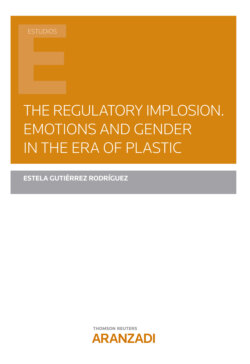Читать книгу The Regulatory Implosion. Emotions and Gender in the Era of plastic - Estela Gutiérrez Rodríguez - Страница 9
На сайте Литреса книга снята с продажи.
2.3. The Stockholm Convention
ОглавлениеThe 1998 Protocol on Persistent Organic Pollutants of the 1979 Convention on Long Distance Transboundary Air Pollution, already warned of the importance of regulating some types of harmful chemical substances12. The Protocol specified that the risk was both for the environment and for human health, and that it also went beyond our borders, ceasing to be a national issue to become a transnational matter and of community responsibility13.
On May 17, 2004, the Stockholm Convention was approved14, representing an important moment for the regulation of pollutant chemical substances (POP for its acronym in English Persistent Organic Pollutants)15, also identified as endocrine disruptors.
Among the objectives of the signatory countries of the Stockholm Convention16, is to sensitize and mobilize citizens through education, to promote information and knowledge of the dangers of these substances17.
It must be said that today, it is still an unfulfilled objective since there is still a great ignorance about it, not only in the field of education, but for the world population in general18.
Currently, the biggest challenge for the signatories of the Stockholm Convention is to stop producing these substances so that they are totally eliminated from the environment and although great advances have been made with some of the existing substances, polychlorinated biphenyls (PCBs) are still one of the very present substances among the population. They continue to be presentas pesticides, agrochemicals, transformers and electronic cables, capacitors, among others, and within the hundreds of existing EDC, we are referring only to PCBs19.
